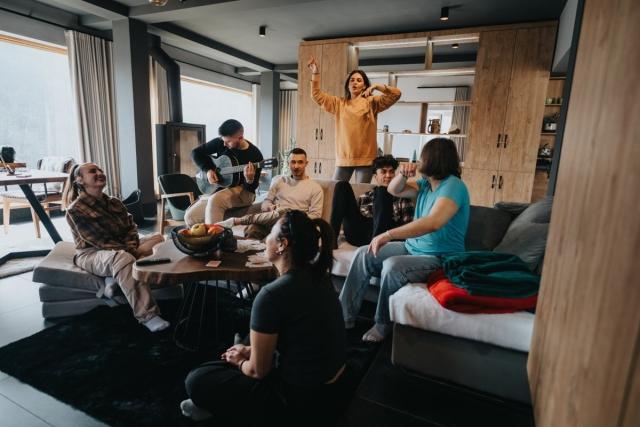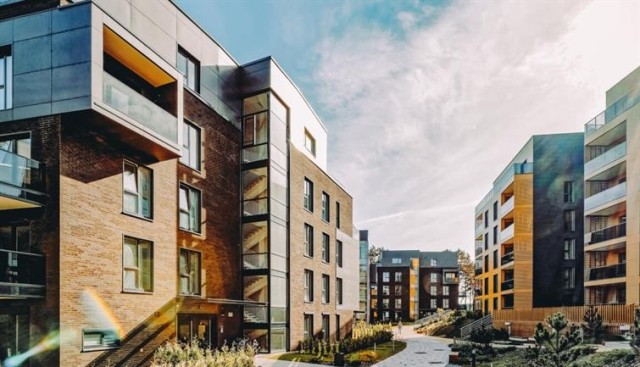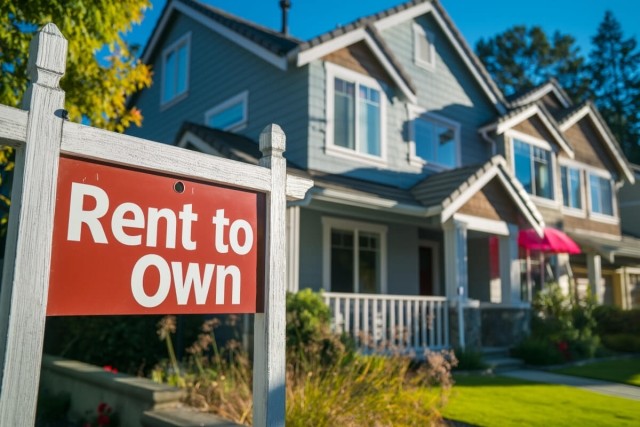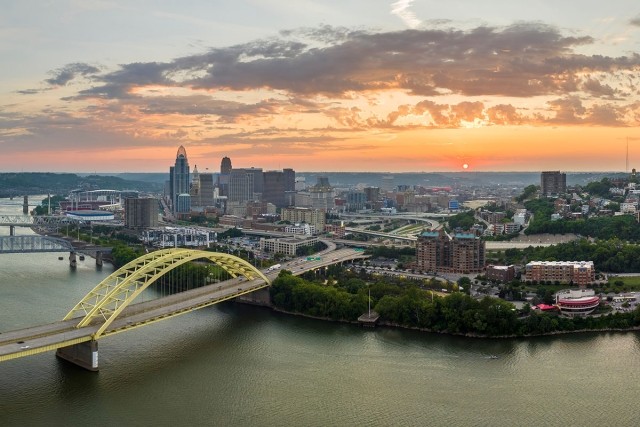Renting in a city is amazing, but renters face numerous challenges. High rent prices, tough competition, and a lack of availability detract from the wonderful experience of city life.
Industry professionals and government officials have noted the housing shortage and affordability issues. To try and rectify this problem, office-to-residential conversions have been suggested as a quick and cost-effective solution. Learn all about this new trend, its benefits, and what it means for you, as a renter:
- What are office-to-residential conversions?
- Why office buildings are going residential
- What would an office-to-residential co-living apartment look like?
- What it means for renters
- Where is office-to-residential happening?
- What makes a good candidate for office-to-residential conversion?
- What challenges do office-to-residential conversions face?
What Are Office-To-Residential Conversions?
Office-to-residential conversions are when unoccupied office buildings are repurposed into residential units. The type of apartment that the offices are being converted into varies; some become luxury high-rises while others become typical apartments.
The specific type of conversion that is shaking up the renter landscape is office-to-residential co-living conversions. This unique take on office-to-residential conversion combined with co-living aims to address some of the main issues faced by big-city renters.
Why Office Buildings Are Going Residential
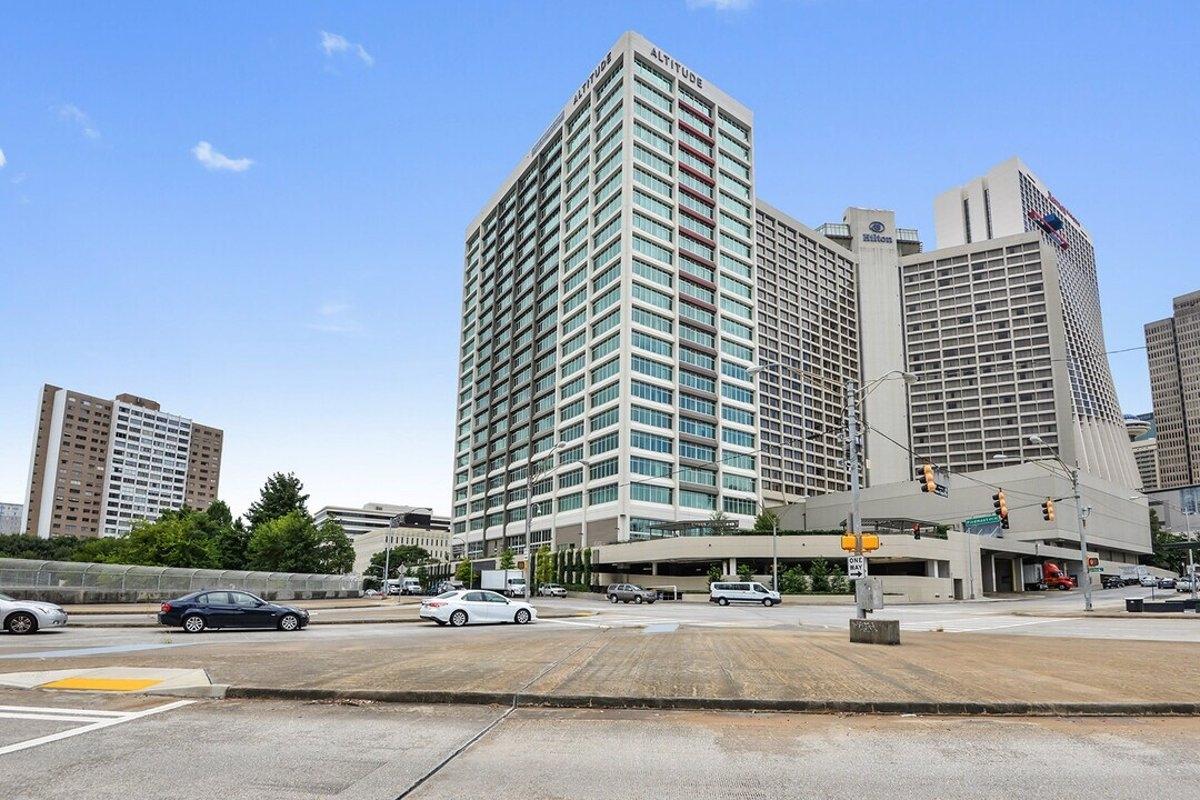
In recent years, office-to-residential conversions (particularly turning them into co-living housing) have been hailed as a solution for both housing shortages and unused offices.
Lower office vacancies and revitalize downtowns
Office vacancies have been at an all-time high due to the mass exodus of office workers because of Covid-19 and the workplace flight-to-quality trend (companies leaving older, less desirable buildings for newer, amenity-rich offices).
According to CoStar data for 2025 Q1, the national average office vacancy rate was 14 percent. Large metropolitans bore the brunt of the weight as 16.3 percent of office space in Chicago was vacant while in Washington, D.C., it was 17 percent.
Office-to-residential conversions are seen as a way to repurpose existing empty office buildings. It aims to bring people back to downtowns and business districts to revitalize them. The goal is to make these areas active during all times of the year and day, even outside of the typical office hours of nine to five.
Phil Mobley, National Director of Office Analytics for CoStar Group, says that “…even though the office market is sort of stabilizing a little bit, there are still more and more buildings that are becoming essentially obsolete as offices. So, the pool of possible conversions is actually expanding because there are still old, underused office buildings that are getting more and more vacant.”
This means that the number of potential buildings where office-to-residential conversions could happen continues to grow, even as people return to the office. So, conversions could stick around for a while.
Add more housing and increase affordable housing
It is a struggle to find housing, and even more difficult to find affordable housing, in major metropolitan areas. Office-to-residential co-living conversions may soon fight those problems.
Gensler and Pew have identified this kind of conversion as a more economically viable approach that reduces construction costs so that rents can be kept low. By specifically focusing on office conversion to co-living, large amounts of affordable downtown housing can be quickly and economically added to the market. This will help alleviate both the housing and affordable housing shortage.
What Would an Office-to-Residential Co-Living Apartment Look Like?
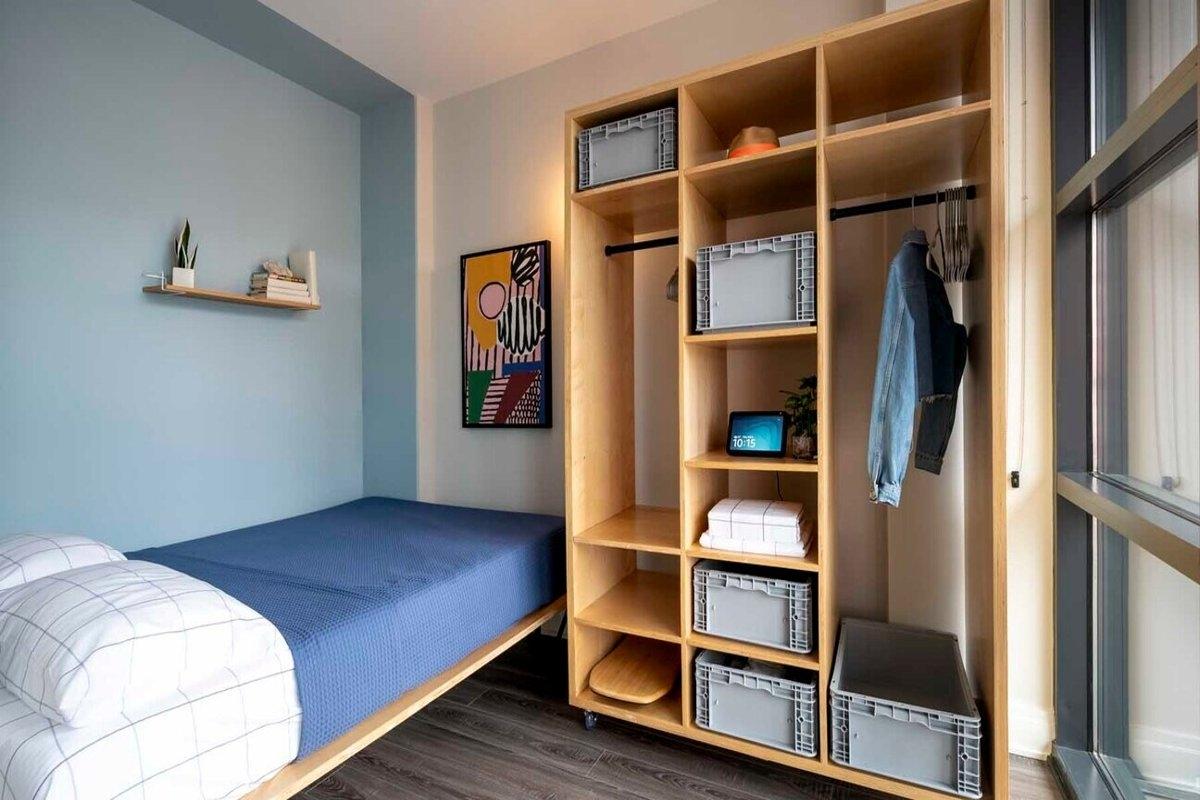
The aim for these office-to-residential co-living conversions is to create single-room occupancies (SRO), also known as dormitory-style conversions. On a single floor, as many as 20–50 private micro-units will fill the perimeter. Each room will have the essentials in 150 to 220 square feet: a bed, desk, closet, microwave, and fridge.
In the center of the floor will be the shared, communal spaces. This includes living areas, laundry room, kitchens, and bathrooms. The reason for these being clustered in the center is to re-use the existing plumbing from office buildings to reduce construction costs.
The specific design of the co-living conversions differs from traditional office-to-residential projects as it focuses on creating more housing in an affordable way. While you may sacrifice space, you will be able to enjoy the benefits of living in the city center without the high rent price.
What It Means for Renters
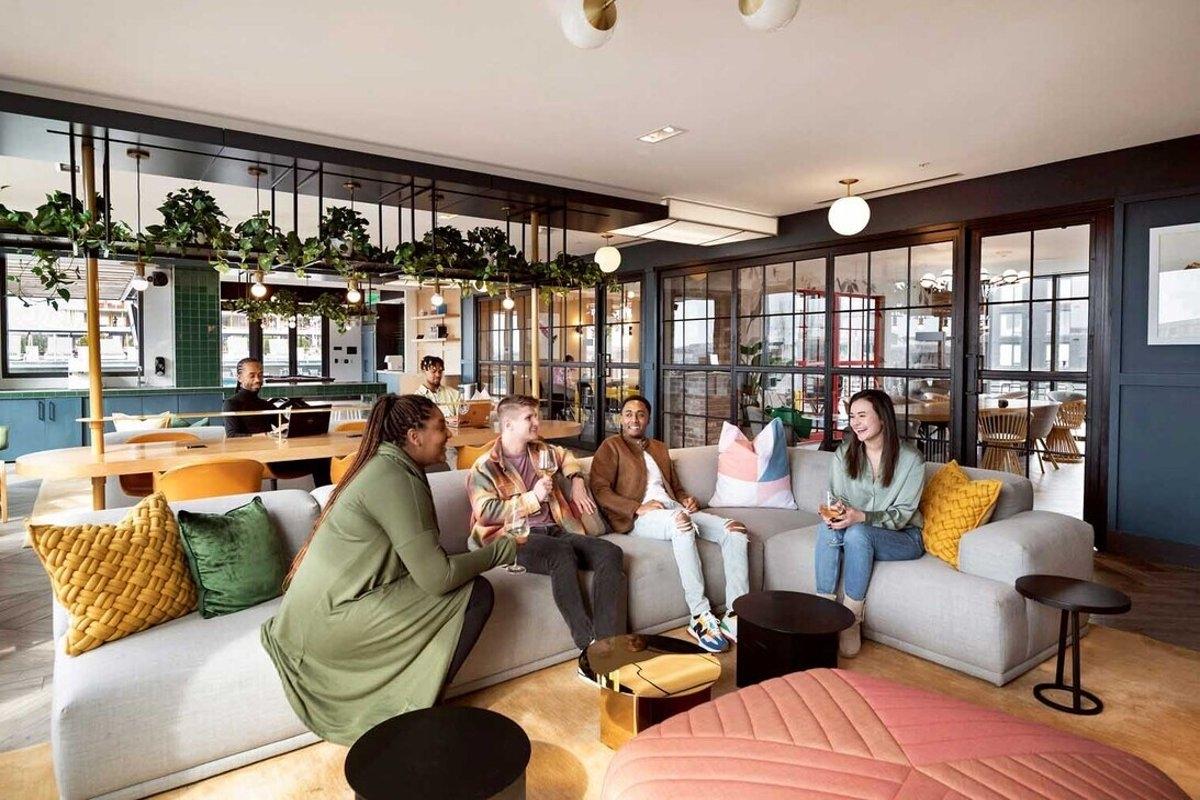
Recently cities have become even more cost-burdensome or even cost-prohibitive for renters. According to Gensler, 50 percent of renters are cost-burdened, meaning they spend more than 30 percent of their income on rent. This may change as office-to-residential conversions to co-living aims to create a lot of affordable housing in a short period of time.
You’ll be able to live within your means while still enjoying living downtown or in a business district — no more sacrificing location for affordability. This opens up the door to more economic opportunities as the conversions will put you close to work and public transit while being a fraction of the price of traditional apartments.
Where Is Office to Residential Happening?
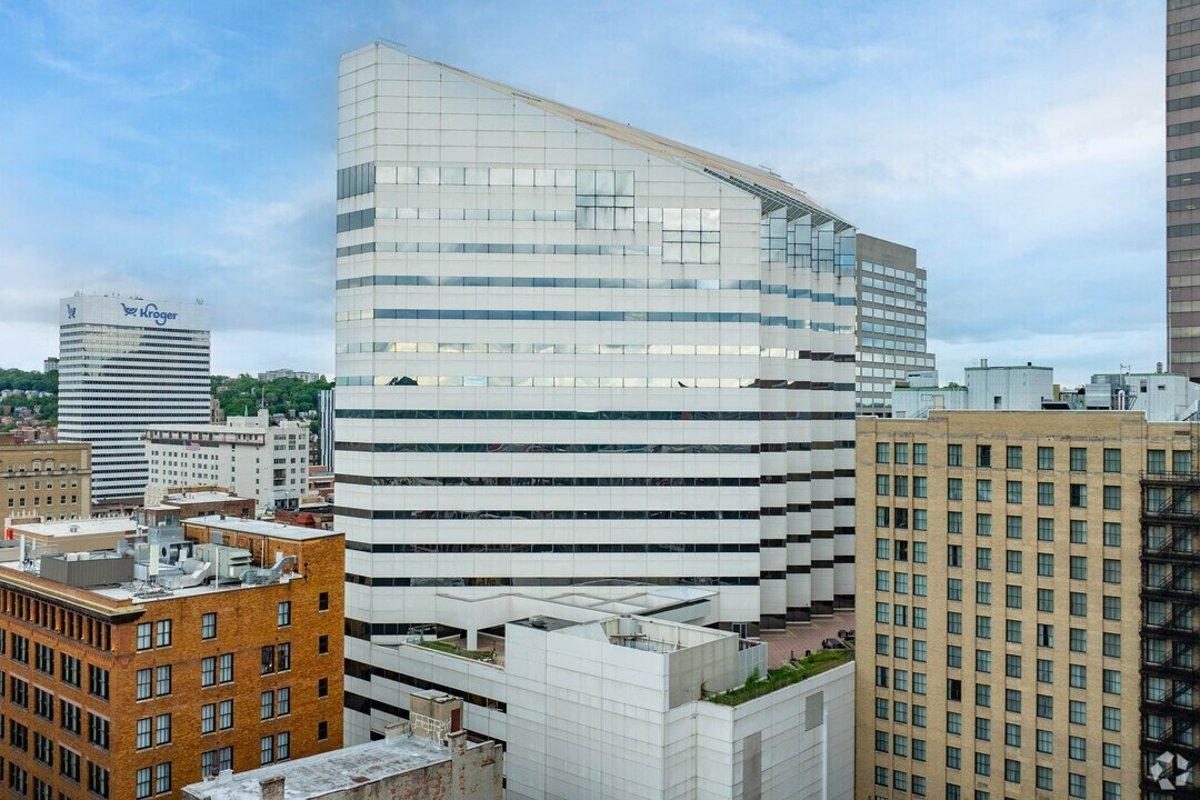
The Gensler and Pew study identified a couple of factors that determine the feasibility of cities for office-to-residential conversions:
- Need for more affordable housing and more housing in general
- Expensive rents
- High rate of homelessness
- Lots of downtown office vacancies
Cities with high office vacancy rates have a lot of potential for office-to-residential conversions. Keep an eye on these metropolitan areas as you may see those empty offices becoming bustling hubs. According to CoStar data, the top cities with the highest office vacancy rates are:
|
City |
Office Vacancy Rate (Q1 2025) |
|
San Francisco, CA |
23.0 percent |
|
Houston, TX |
19.7 percent |
|
San Rafael, CA |
19.1 percent |
|
Dallas-Fort Worth, TX |
17.8 percent |
|
Denver, CO |
17.4 percent |
|
Austin, TX |
17.1 percent |
|
Washington, D.C. |
17.0 percent |
|
Phoenix, AZ |
16.7 percent |
|
Atlanta, GA |
16.5 percent |
|
Chicago, IL |
16.3 percent |
A high office vacancy rate is not the only factor that makes a city a good place for office-to-residential conversions. Demand for that kind of housing is also needed. If a city has a high apartment vacancy rate, then there is no need for more housing as that would continue to exacerbate the situation. So, cities where there is demand for housing as well as a lot of viable office options are key.
Some metropolitan areas have already started office-to-residential conversions or began paving the way for them. CoStar News reports that Washington, D.C., began a tax abatement program for office-to-residential projects as well as reallowing offices to be classified as residential as soon as work gets underway to convert them. Many cities are following Washington, D.C.’s example of updating or creating policies and laws to allow for these conversions.
What Makes a Good Candidate for Office-to-Residential Conversion?
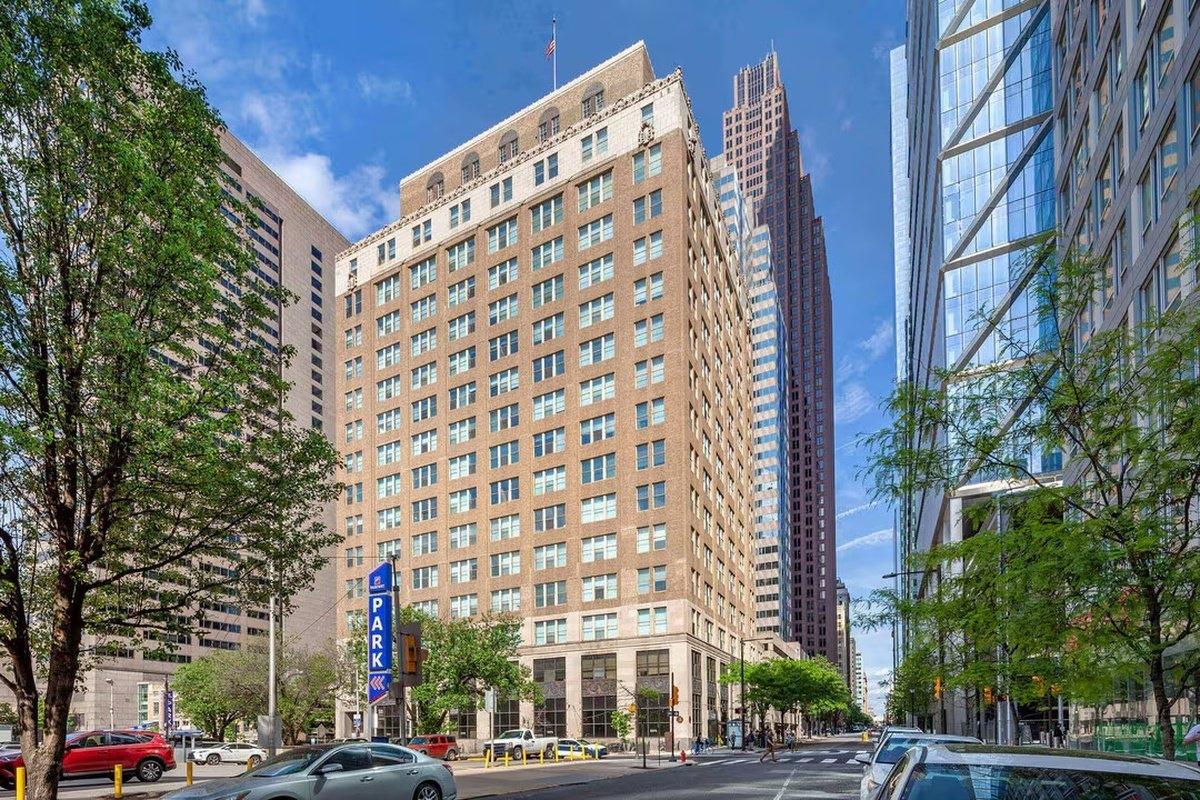
Even though there are a lot of empty offices, not all of them can be converted into residences. Phil Mobley says that there are several main components of a successful office-to-residential conversion: competitiveness of the office building, physical characteristics, location, and the financial situation.
Competitiveness of the building as an office building
If the building has been losing occupancy or a major tenant moved out, that’s a good signal for office-to-residential conversion. This pool is expanding because many office buildings are no longer competitive due to lost occupancy.
Physical characteristics
There’s a particular set of characteristics renters look for in a residence, and an office building often doesn’t meet those characteristics. So, office buildings that do share some features with residential ones are good candidates for office-to-residential conversions.
This could be something as simple as windows that open, or much larger like having an HVAC system that could easily be changed to service individual units. The co-living solution addresses some of these points to make more buildings feasible for conversion, such as utilizing existing plumbing.
Location
One of the top considerations for renters is location. This is why conversions often target unique, irreplaceable locations to attract renters. Mobley says that what makes a conversion a slam dunk is “a convenient location that’s full of amenities and it’s walkable, and it’s transit oriented. Or it can be sort of like an iconic building that has some brand cache.”
Financial situation
Finally, one of the biggest factors is the financial situation. How much does the building and land cost? What would it cost to convert? This can be affected by physical characteristics like sight lines, plumbing, and HVAC, but also the footprint of the building.
A smaller square footage is much easier to convert than a huge office tower. But for investors, it means they can buy the building at a low enough cost to justify the conversion and renovation costs.
What Challenges Do Office-to-Residential Conversions Face?
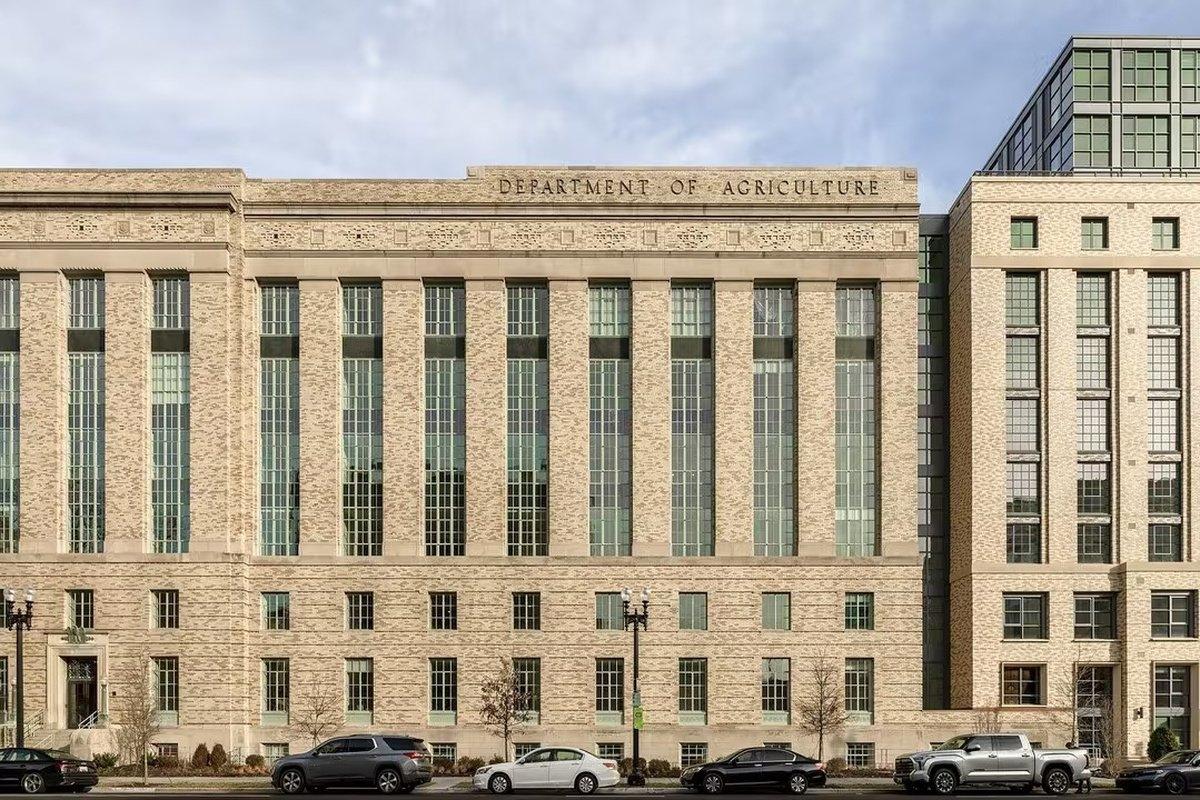
Not every office building can be converted into housing. Cost, layout of the building, and support from the local government play a main role in determining if the conversion is feasible.
Cost
Typically, the most common type has been converting offices into higher-end or luxury apartments because of the high cost of conversions. Mobley says the reality is, “it actually costs more to convert an office building into residential than to just build a brand-new residential building […] the cost of doing this is high enough that you need to be targeting renters at a pretty high price point. It may not be luxury, but it’s not going to be your affordable housing.”
Investors must consider the building to know how much they’ll need to spend to convert it, and also take into account how much they are spending on the land and building as a whole. Ideally, they’d be able to get the building for free and just pay for the land value so they can spend the rest on the conversion. Construction has become quite expensive, especially in the cities that need housing like Los Angeles or San Francisco. This is why support from the local government plays such a large role in making conversions happen.
Support
Besides the expensive construction costs, conversion projects also face the challenge of public support from the local municipality or state government. Zoning laws, regulations, and policies often prolong and complicate the conversion process. But many cities, like Boston and New York, are looking to improve and update existing rules to allow and encourage these conversions, such as preferential tax treatment.
Building layout
Office buildings were built with much different needs in mind than residential buildings. Often, they have plumbing and HVAC systems that service an entire floor at a time rather than several individual units. So, the challenge is how to convert those systems to fit residential needs.
Find Co-Living on Apartments.com
If you’re interested in checking out co-living housing, start your search on Apartments.com. Simply input “co-living” into the keyword search at the bottom of the filters menu. Explore all the co-living apartments in your city on Apartments.com and keep checking back as more are popping up every day.
FAQs
What amenities do office-to-apartments include?
When old offices are being converted to residences, amenities are added to meet the needs and wants of renters. This includes adding:
- Gyms
- Common areas
- Parking
- Rooftops
- Pools
- Sports courts
- Playrooms for children
- Pet spas and pet parks
- Club rooms
- Workspaces
What kind of office buildings are office-to-residential conversions happening in?
Conversions can happen in both big and small office buildings, but each carries their own caveats. Older and smaller office buildings are much more cost-effective and straightforward to convert.


